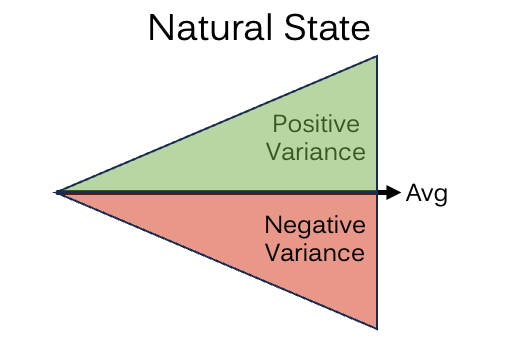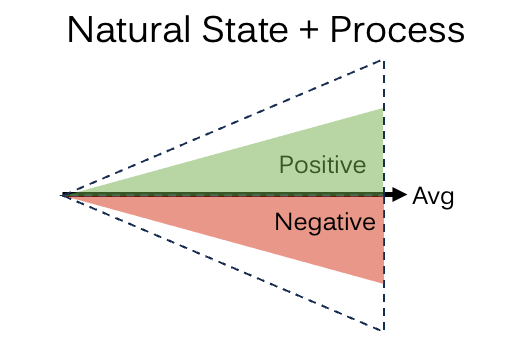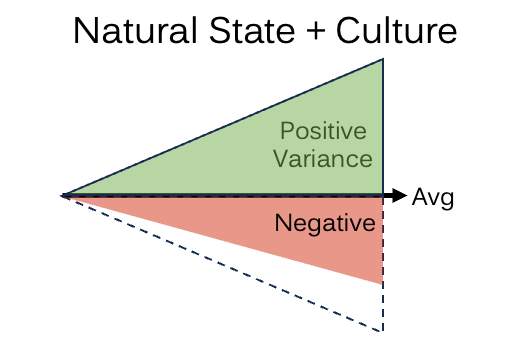What is culture?

A collection of thoughts on culture:
What we think culture-building is: free food, unlimited vacation, “mission & values” statements, cool office space
What it actually is: consistently hiring amazing people & giving them interesting problems to solve
The first is your work environment. The second is your culture.
It doesn’t matter what’s written in a handbook or on a wall. An organization’s culture is defined by the behavior of its leaders.
Your culture is changing whether you’re “working on it” or not. It is amended, for better or worse, every time you:
1) Hire / Fire
2) Take time off (or choose not to)
3) Send a company-wide email
4) Handle a customer complaint
5) Address (or not) an ethical issue
Etc.
A sign of a healthy culture is when bad news travels faster than good. It means...
a) Employees are empowered to notice & report on & ideally fix the suboptimal
b) They are able to prioritize the health of the business over management's ego
c) There is no fear of reprisal
One of the loudest signals you can send about your culture is a lack of action on underperformers and toxic employees.
Rules are great at preventing problems you've seen before.
Culture is better at preventing problems you can't foresee.
We try to control for negative variance thru process & policy. But process also constricts the freedom necessary for positive outcomes.
Culture & shared values, OTOH, drive high trust relationships w agreed upon aims. Negatives decline, but Positive possibilities remain.



A great culture will handle the edge cases great process and policy can’t contemplate.
You may own the company, but you cannot own the culture. It belongs to everyone.
As a leader, your behavior has outsized influence, but you cannot mandate cultural change. Change must involve everyone.
Great employees need autonomy. Bad employees require regulation. You have 3 options:
1) Hamstring your top performers with rules meant for low performers
2) Run an inequitable culture where rules apply differently to people
3) Hire & fire so well you can be low regulation
Stories exemplifying your culture are more powerful than a values statement.
They should demonstrate a clear tradeoff where your choice might be considered counterintuitive.
The point of defining a culture is to set it apart from the norm.
The two hardest things to teach a new employee are brand and culture.
If you've hired the right employee, you won't have to teach them.
In hiring, a good “Culture Fit” will get you more of what you have. Is that what you want?
Make it safe for your team to tell you they're stuck. Tell stories about how great employees have gotten stuck and how you got unstuck together. Identifying and communicating stuckness should be part of your culture.
Rewarding behavior codifies it in your values. "We want to see more of this."
Tolerating behavior also codifies it in your values. "Our culture accepts this."
This formula will calculate your company’s values:
The visible behavior of leadership, good or bad
+ Employee behavior you reward
+ Employee behavior you don’t punish
- Employee behavior you do punish
That’s it. Those are your values. Your wall poster doesn’t matter.
Poor performers camp out at companies where:
1) Expectations are low and/or
2) Visibility is low
A high-performing culture has lofty standards and an expectation of transparency.
Insularity is a cultural red flag for organizations
Management can create a seemingly great culture, but if you're not meeting people outside the company doing similar or related work, then leadership either believes they have nothing else to learn or are avoiding comparison.
Another signal you send about your culture: are you willing to "fire" a customer who is abusive or unrealistic?
More ideas on culture here: 10 Ways to Kill Your Culture




